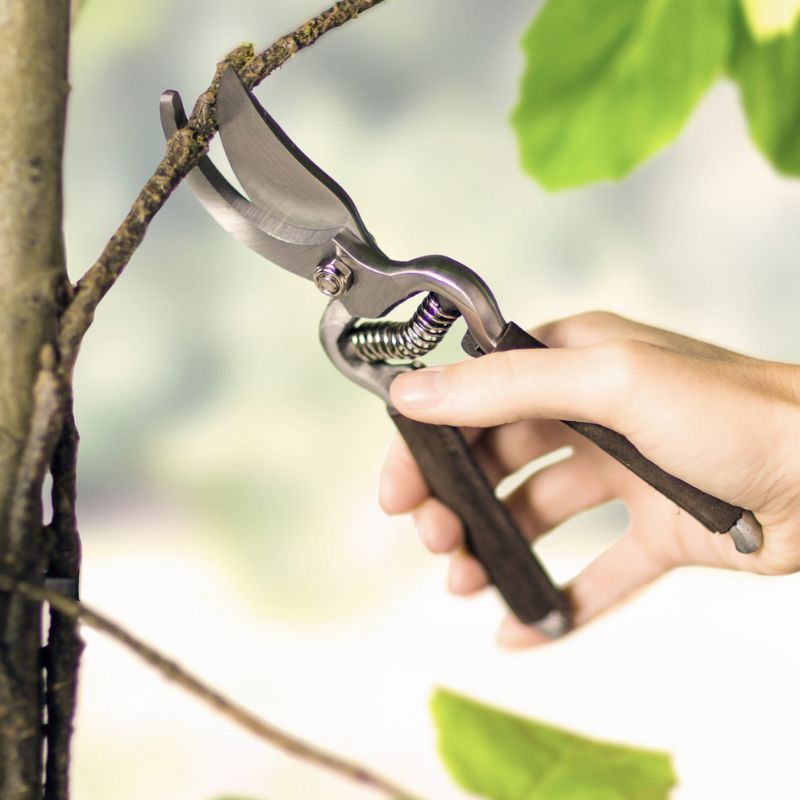THE WEARING OF THE GREEN by Zoë Devlin
What has the 17th March and a native Irish wildflower in common?
Shamrock, of course, but what is the story and which wildflower do we know as Shamrock?
Our much revered national saint, St Patrick, used a small plant to explain the Holy Trinity to those he was trying to convert to Christianity.
This little plant has leaves known as trifoliate, i.e., and each leaf is divided into three lobes. It is a perfect example of three-in-one. The plant became known as Shamrock. Over the centuries, there has been much debate about which species of trefoil our Shamrock actual is.
Several candidates were put forward in two surveys, a century apart, by the National Botanic Gardens in Glasnevin. This was to try to find an answer to which of our native plants was, in fact, the true Shamrock. On both occasions, the most voted species from all across Ireland was a small plant called Lesser Trefoil (Trifolium dubium and Seamar bhuí). This is a low-growing species bearing very tiny yellow peaflowers in small round clusters in early summer. It has trefoil leaves, and as these are in abundance in mid-March, it is grown specifically for wearing on the lapels and hats of those celebrating the national holiday.
Further down the list of contenders was White Clover ‘worn by the People in their Hats upon the Seventeenth day of March yearly’ according to Caleb Threlkeld, a seventeenth-century botanist. Red Clover was another species favoured by 18thc. botanist, Karl Linnaeus. Two other candidates were Black Medick – a species very similar to Lesser Trefoil and the beautiful, shy, woodland plant, Wood-sorrel.
Most of these species are found in Blooming Native's low-growing wildflower seed mixture.
There was no outright winner on either occasion.
However, ‘Seamair óg’, or young clover, will still be worn proudly on St Patrick’s Day.
Lá le Pádraig sona duit!
Zoë Devlin
| Celebrate St. Patrick's Day
Sow Blooming Native's Low Growing Wildflower Seed Mixture or Butterfly and Bee Wildflower Seed Mix *many of the species mentioned are included in these mixtures |













